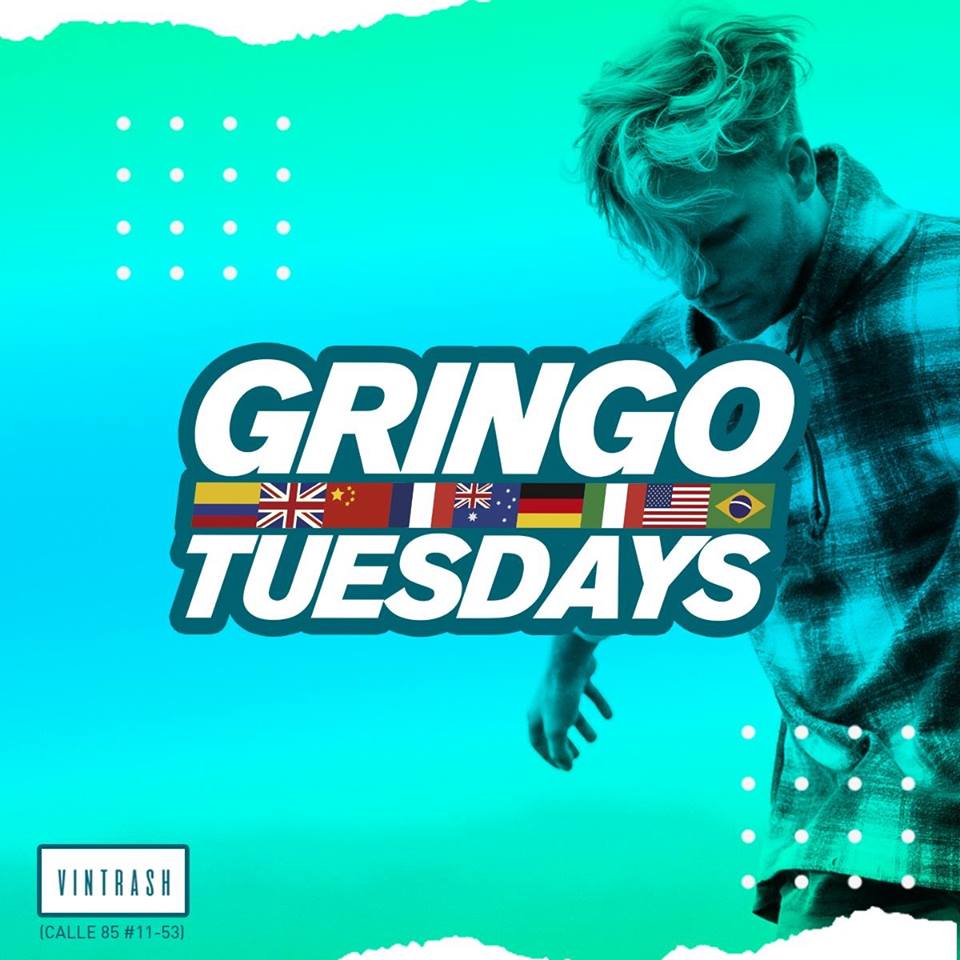 Flagging agrarian strike gets schooled in protest as thousands of teachers take to the streets…
Flagging agrarian strike gets schooled in protest as thousands of teachers take to the streets…
On Thursday May 15 – just 10 days away from Colombia’s presidential election – an estimated 7,000 teachers took to the streets of Bogotá to protest against issues including low wages, expensive health insurance and the evaluation system.
The protests took place on Calles 33, 32, 26 and Septima. According to protesters, one of the main motivations for the action was the system of evaluating teachers, which a teacher on the protest said “isn’t evaluative, it’s punitive.”
Education Minister María Fernando Campo said she had put forward a proposal to the Teachers’ Union(Sindicato del Magisterio) to revise the evaluation system, but rejected the idea of scrapping it altogether, saying that the country needed to improve the quality of service in education.
| Protesters say the government has failed to deliver on the commitment it made last year |
Colombia’s largest teachers’ union FECODE walked off the job on Wednesday May 14 after negotiations between the union and the Ministry of Education broke down.
Public school teachers are also angry over poor wages and substandard health benefits – something the Santos government swore it would address in August last year.
More than 330,000 teachers joined the already striking farmers, and it is estimated that as many as 8 million students have been affected by the protests – though it is possible that the teachers’ strike will be short lived, as negotiators on both sides remain in discussion.
In additional strike news, a second wave of farmers’ protests swept across the country late last month, with protesters claiming that the government has not delivered on the promises it made nine months ago.
In September last year, the government of President Juan Manuel Santos and protest leaders finally reached an agreement on agricultural reforms, ending the violent uprisings that saw hundreds of thousands of small farmers and their supporters bring parts of the country to a halt. At least five people died in the protests and dozens were injured.
| The Santos government says it has been trying to follow through on its promises, but that some are long term and take time |
On April 28, farmers once again took to the streets in at least six different departments, including Santander, Huila, Boyaca, Putumayo, Valle de Cauca and Cundinamarca.
In Bogotá, at least three protests, made up of mainly peaceful farmers but also accompanied by stone-throwing student radicals, have taken place since the strike began.
Protesters say the government has failed to deliver on the commitment it made last year to enact price controls on pesticides, fertilizers and fuel, and also to subsidize the production of cotton, potatoes, corn, rice and other food staples.
They argue that rising costs and dwindling profits are the result of bilateral trade agreements with the advanced economies of the US, Canada and the EU, which they say have flooded Colombia with cheap agricultural goods and have impoverished thousands of small farmers, or campesinos.
The Santos government, on the other hand, says it has been trying to follow through on its promises, but that some of them are long term and take time.
The agrarian strike this time around only has a fraction of the force it had last year. The latest round of negotiations have stalled, and the protests have fizzled out in many areas, though strike leaders like Cesar Pachón fiercely dispute this.
By Mark Kennedy



